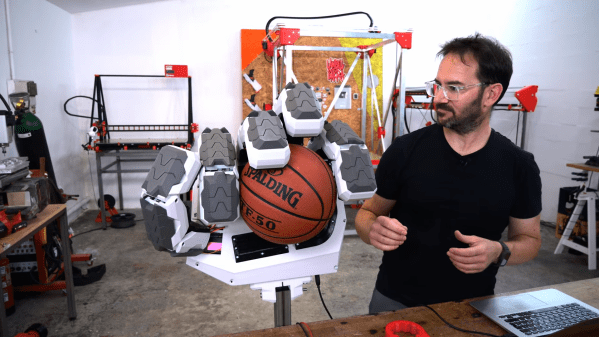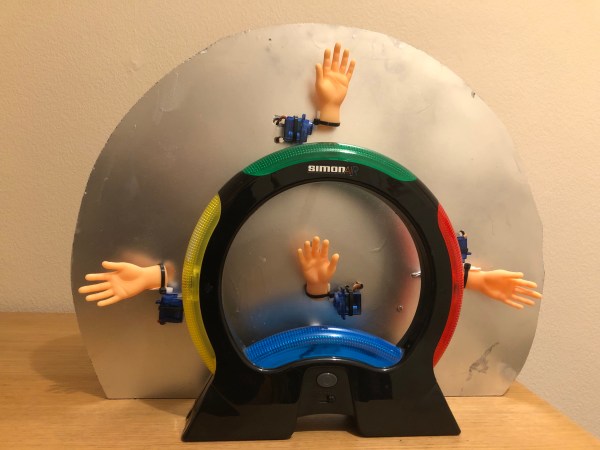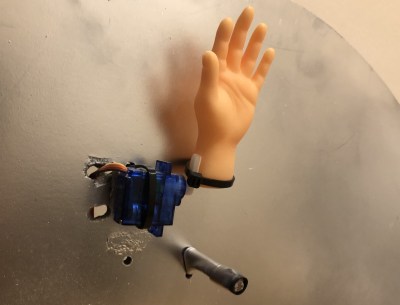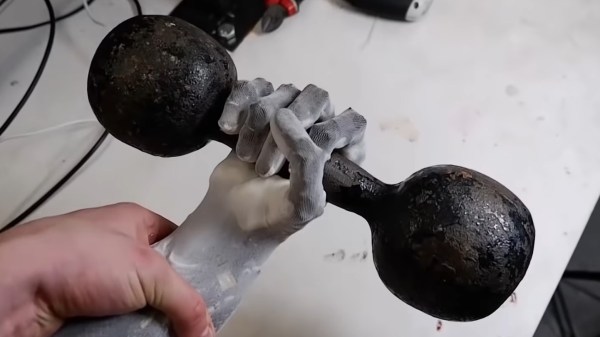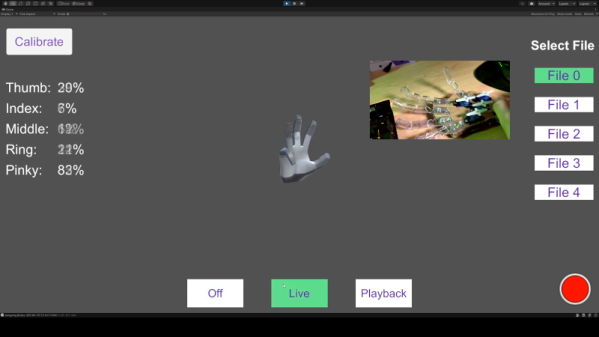What do you get when you mix rigid and elastic polymers with a laser-scanning 3D printing technique? If you are researchers at ETH Zurich, you get robot hands with bones, ligaments, and tendons. In conjunction with a startup company, the process uses both fast-curing and slow-curing plastics, allowing parts with different structural properties to print. Of course, you could always assemble things from multiple kinds of plastics, but this new technique — vision-controlled jetting — allows the hands to print as one part. You can read the full paper from Nature or see the video below.
Wax with a low melting point encases the entire structure, acting as a support. The researchers remove the wax after the plastics cure.


